Mapping of the Interconnections and Interdependencies
 For an organisation to achieve a higher level of operational resilience, it must understand its business services and identify dependencies and connections, including the critical resources, to learn its weaknesses.
For an organisation to achieve a higher level of operational resilience, it must understand its business services and identify dependencies and connections, including the critical resources, to learn its weaknesses. Only when weaknesses have been identified and understood can potential risks be determined, along with their associated likelihood and impact.
Only when weaknesses have been identified and understood can potential risks be determined, along with their associated likelihood and impact.
An organisation can identify and determine its potential risks by understanding the interconnections and interdependencies within its operations. It can also determine the associated likelihood and impact of each risk.
This blog will discuss how interconnections and interdependencies are mapped, including the detailed steps involved in the process.
| Step | Detailed Steps Involved in the Process |
| 1 | Define the Scope of the Mapping Exercise |
|
|
| 2 | Identify the Data Sources |
|
|
| 3 | Create a Mapping Framework |
|
|
| 4 | Gather Data and Populate the Mapping Framework |
|
|
| 5 | Validate the Mapping Framework |
|
|
| 6 | Analyse the Mapping Results |
|
|
| 7 | Update the Mapping Framework |
|
Conclusion ...
Mapping interconnections and interdependencies is a critical component of operational resilience.
Following the steps outlined in this blog, organisations can gain a comprehensive understanding of their operations and identify potential disruptions.
There are several pointers to remember when mapping:
- Do not attempt to map all processes simultaneously or at a too-detailed level.
- Start by identifying and agreeing upon what the critical processes tare o map
- Ensure that ownership of the business services and processes is assigned.
- Have a predefined template before starting the process mapping.
- Maintain robust version control of the map, as it may be updated by multiple parties or become outdated due to process changes.
This information can be used to prioritise actions and establish business continuity, disaster recovery, crisis management, and incident management plans to ensure the organisation's ability to withstand, adapt to, and quickly recover from disruptive events.
Learn more about Blended Learning OR-300 [BL-OR-3] and OR-5000 [BL-OR-5]
To learn more about the course and schedule, click the buttons below for the OR-3 Blended Learning OR-300 Operational Resilience Implementer course and the OR-5 Blended Learning OR-5000 Operational Resilience Expert Implementer course.
 |
 |
 |
 |
 |
![[BL-OR] [3-4-5] View Schedule](https://no-cache.hubspot.com/cta/default/3893111/d0d733a1-16c0-4b68-a26d-adbfd4fc6069.png) |
![[BL-OR] [3] FAQ OR-300](https://no-cache.hubspot.com/cta/default/3893111/f20c71b4-f5e8-4aa5-8056-c374ca33a091.png) |
If you have any questions, click to contact us.![Email to Sales Team [BCM Institute]](https://no-cache.hubspot.com/cta/default/3893111/3c53daeb-2836-4843-b0e0-645baee2ab9e.png) |
 |
 |
 |








